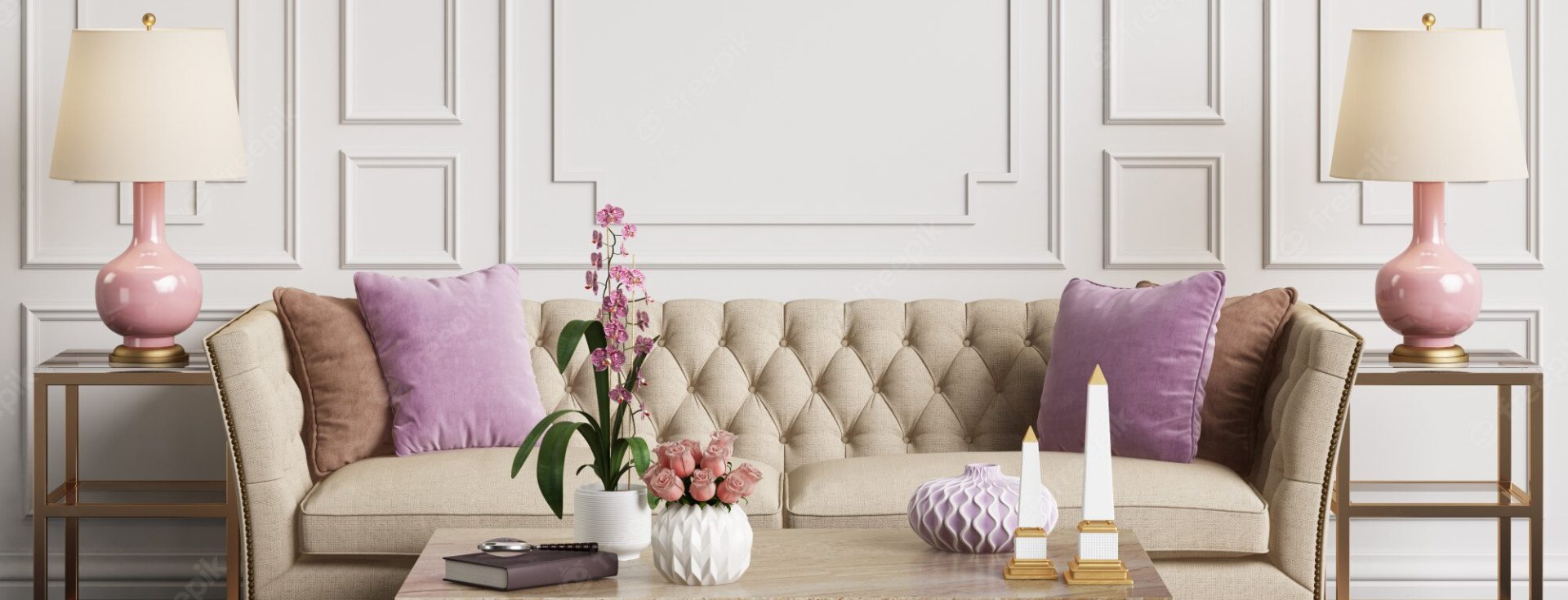Garden lighting Rvctr is a crucial element of outdoor design, serving both aesthetic and functional purposes. Floor lamps are particularly versatile and effective for garden illumination. These portable fixtures offer flexibility in placement and come in various styles to suit different garden aesthetics.
Floor lamps can create ambiance for outdoor gatherings, accentuate specific garden features, or provide essential pathway lighting for safety. This article will examine the advantages of incorporating floor lamps into garden spaces, provide guidance on selecting appropriate floor lamps, offer tips for optimal placement and installation, discuss maintenance requirements, explore creative applications in garden design, and address safety considerations for outdoor lighting. By understanding these aspects, gardeners and homeowners can effectively utilize floor lamps to enhance their outdoor spaces.
Benefits of Using Floor Lamps in the Garden
Versatile Lighting Options
Floor lamps offer a range of benefits when used in the garden. Firstly, they provide versatile lighting options that can be easily adjusted to suit different needs. Whether you want to create a soft, ambient glow for a relaxing evening in the garden or need brighter illumination for outdoor activities, floor lamps can be positioned and angled accordingly.
Highlighting Garden Features and Enhancing Safety
Additionally, floor lamps can be used to highlight specific features in the garden, such as a beautiful tree, a water feature, or a sculpture, adding depth and visual interest to the outdoor space. Furthermore, floor lamps can also serve as practical lighting solutions for pathways and outdoor seating areas, enhancing safety and functionality in the garden.
Portability and Energy Efficiency
Another benefit of using floor lamps in the garden is their portability. Unlike fixed outdoor lighting fixtures, such as wall sconces or post lights, floor lamps can be easily moved around to different areas of the garden as needed. This flexibility allows you to experiment with different lighting arrangements and create unique atmospheres for different occasions. Many modern floor lamps are also designed with energy-efficient LED bulbs, making them an eco-friendly lighting option for the garden.
Choosing the Right Floor Lamp for Your Garden
When choosing a floor lamp for your garden, there are several factors to consider to ensure that it meets your specific needs and complements the overall design of your outdoor space. Firstly, consider the style and aesthetic of your garden. If you have a modern, minimalist garden design, you may want to opt for sleek, contemporary floor lamps with clean lines and metallic finishes.
On the other hand, if your garden has a more traditional or rustic aesthetic, you might prefer floor lamps with ornate details, natural materials, or vintage-inspired designs. It’s important to choose a floor lamp that harmonizes with the existing elements in your garden, such as furniture, planters, and architectural features. Another important consideration when choosing a floor lamp for your garden is the type of lighting it provides.
Some floor lamps are designed to emit a soft, diffused light that creates a warm and inviting ambiance, while others are more focused and directional, ideal for highlighting specific areas or features in the garden. Think about how you intend to use the floor lamp in your outdoor space and choose a lighting style that best suits your needs. Additionally, consider the size and scale of the floor lamp in relation to the surrounding elements in your garden.
A large, imposing floor lamp may overwhelm a small courtyard or intimate seating area, while a petite floor lamp may get lost in a spacious garden with tall plants and trees.
Placement and Installation Tips for Garden Floor Lamps
Proper placement and installation of garden floor lamps are crucial for achieving optimal lighting effects and ensuring safety in the outdoor space. When positioning floor lamps in the garden, consider both functional and aesthetic aspects. For pathways and walkways, place floor lamps at regular intervals to provide adequate illumination and guide visitors safely through the garden.
In seating areas or dining spaces, position floor lamps strategically to create a cozy ambiance and ensure that they do not obstruct movement or obstruct views. Additionally, when using floor lamps to highlight specific features in the garden, such as plants or sculptures, experiment with different angles and distances to achieve the desired visual impact. When it comes to installation, ensure that garden floor lamps are placed on stable surfaces to prevent tipping over in windy conditions or uneven terrain.
Some floor lamps come with stakes or anchors that can be secured into the ground for added stability. If you plan to use electrical floor lamps in the garden, it’s important to follow proper installation procedures and ensure that all wiring is safely concealed and protected from moisture. Consider consulting a professional electrician for guidance on outdoor electrical installations to ensure compliance with safety standards and regulations.
Maintenance and Care for Outdoor Floor Lamps
To keep your outdoor floor lamps looking their best and functioning properly, regular maintenance and care are essential. Depending on the materials and finishes of your floor lamps, cleaning methods may vary. For metal or glass floor lamps, use a soft cloth or sponge dampened with mild soapy water to gently wipe away dirt and grime.
Avoid using abrasive cleaners or harsh chemicals that may damage the surface of the lamp. For wooden or wicker floor lamps, use a soft brush or vacuum attachment to remove dust and debris from crevices and textures. Periodically apply a protective sealant or wood polish to maintain the integrity of these natural materials.
In addition to cleaning, it’s important to inspect outdoor floor lamps regularly for any signs of wear or damage. Check for loose connections, frayed wires, or corrosion on metal components. Address any issues promptly to prevent further damage and ensure safe operation of the floor lamps.
If your garden is prone to extreme weather conditions, consider storing outdoor floor lamps indoors during harsh seasons or investing in weatherproof covers to protect them from moisture and UV exposure.
Creative Ways to Use Floor Lamps in Garden Design
Adding an Unexpected Element of Illumination
One creative way to use floor lamps in the garden is by incorporating them into planters or containers. Choose tall floor lamps with slender profiles that can be inserted into large planters filled with lush greenery or colorful blooms. This not only adds an unexpected element of illumination among the plants but also creates a striking visual effect as light filters through foliage.
Using Floor Lamps as Focal Points
Another creative application of floor lamps in garden design is using them as focal points or sculptural elements. Select sculptural floor lamps with interesting shapes or artistic designs that can serve as standalone art pieces in the garden during the day and provide ambient lighting at night. Position these statement floor lamps strategically to draw attention to specific areas of the garden or create dramatic silhouettes against architectural features.
Creating a Dynamic Lighting Scheme
Furthermore, consider using multiple floor lamps of varying heights and styles to create a dynamic lighting scheme in the garden. Grouping different types of floor lamps together can add depth and dimension to outdoor spaces while allowing for greater flexibility in adjusting lighting levels according to different activities or moods.
Safety Considerations for Outdoor Lighting in the Garden
When installing outdoor lighting in the garden, safety should always be a top priority. This is especially important when using electrical floor lamps that require wiring and power sources. To ensure safety, it’s crucial to use outdoor-rated electrical components that are designed to withstand exposure to moisture and other environmental factors.
When installing electrical floor lamps in the garden, always follow manufacturer instructions and local building codes to prevent electrical hazards. Additionally, consider using low-voltage LED floor lamps as a safer alternative to traditional high-voltage lighting options. Low-voltage LED lights consume less energy and operate at lower temperatures than incandescent bulbs, reducing the risk of fire hazards or burns from accidental contact with hot surfaces.
Furthermore, when positioning floor lamps in the garden, be mindful of potential tripping hazards caused by exposed cords or uneven terrain. Conceal wiring within protective conduits or bury it underground where possible to minimize trip risks. Regularly inspect outdoor electrical connections and fixtures for signs of wear or damage and address any issues promptly.
In conclusion, incorporating floor lamps into your garden design can elevate both the aesthetic appeal and functionality of your outdoor space. With careful consideration of style, lighting type, placement, installation, maintenance, creative applications, and safety measures, you can make the most of this versatile lighting option in your garden. Whether you’re looking to create an inviting atmosphere for entertaining guests or simply want to enjoy your garden after dark, outdoor floor lamps offer endless possibilities for enhancing your outdoor living experience.




